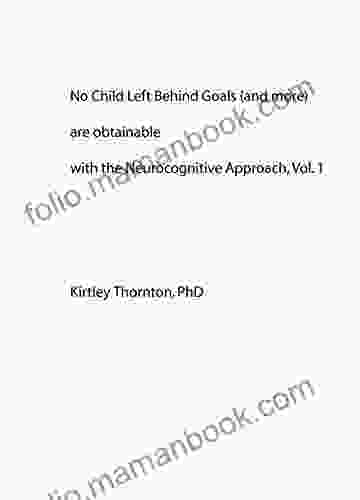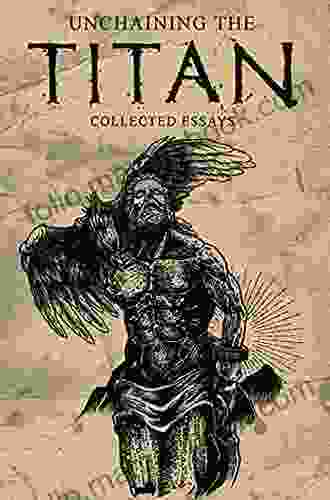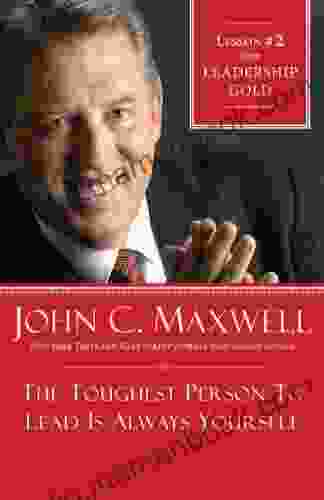No Child Left Behind Goals And More Are Obtainable With The Neurocognitive

The No Child Left Behind Act (NCLB) was signed into law in 2002 with the goal of improving the academic achievement of all students. However, NCLB has been criticized for its narrow focus on standardized testing and for its punitive approach to schools that fail to meet its goals.
4 out of 5
| Language | : | English |
| File size | : | 3636 KB |
| Text-to-Speech | : | Enabled |
| Screen Reader | : | Supported |
| Enhanced typesetting | : | Enabled |
| Word Wise | : | Enabled |
| Print length | : | 371 pages |
| Lending | : | Enabled |
In this article, we will explore an alternative approach to education that is based on the neurocognitive science of learning. We will argue that this approach can help us to achieve the goals of NCLB and beyond, without the need for high-stakes testing or punitive sanctions.
What is the neurocognitive science of learning?
The neurocognitive science of learning is a field of study that investigates how the brain learns. This field of study has identified a number of key principles that can be used to improve teaching and learning.
One of the most important principles is that the brain learns best when it is actively engaged. This means that students need to be actively involved in the learning process, rather than simply passively listening to a lecture or reading a textbook.
Another important principle is that the brain learns best when it is challenged. This means that students need to be presented with challenges that are appropriate to their level of development. If the challenges are too easy, students will not be motivated to learn. If the challenges are too difficult, students will become frustrated and give up.
Finally, the brain learns best when it is rewarded. This means that students need to be rewarded for their effort and progress. Rewards can be anything from a simple smile to a more tangible reward, such as a good grade.
How can the neurocognitive science of learning be used to improve education?
The neurocognitive science of learning can be used to improve education in a number of ways.
One way is by using the principles of active learning. Active learning techniques include things like group discussions, simulations, and role-playing. These techniques help students to become more actively involved in the learning process and to learn more effectively.
Another way to use the neurocognitive science of learning is by using the principles of challenge. This means giving students challenges that are appropriate to their level of development. Challenges can be anything from a difficult math problem to a complex science experiment. When students are challenged, they are more likely to learn and grow.
Finally, the neurocognitive science of learning can be used to use the principles of reward. This means rewarding students for their effort and progress. Rewards can be anything from a simple smile to a more tangible reward, such as a good grade. When students are rewarded, they are more likely to continue learning and to achieve their goals.
The neurocognitive science of learning provides us with a number of valuable insights into how the brain learns. This knowledge can be used to improve teaching and learning in a number of ways. By using the principles of active learning, challenge, and reward, we can create learning environments that are more effective and engaging. This will help us to achieve the goals of NCLB and more, without the need for high-stakes testing or punitive sanctions.
4 out of 5
| Language | : | English |
| File size | : | 3636 KB |
| Text-to-Speech | : | Enabled |
| Screen Reader | : | Supported |
| Enhanced typesetting | : | Enabled |
| Word Wise | : | Enabled |
| Print length | : | 371 pages |
| Lending | : | Enabled |
Do you want to contribute by writing guest posts on this blog?
Please contact us and send us a resume of previous articles that you have written.
 Top Book
Top Book Novel
Novel Fiction
Fiction Nonfiction
Nonfiction Literature
Literature Paperback
Paperback Hardcover
Hardcover E-book
E-book Audiobook
Audiobook Bestseller
Bestseller Classic
Classic Mystery
Mystery Thriller
Thriller Romance
Romance Fantasy
Fantasy Science Fiction
Science Fiction Biography
Biography Memoir
Memoir Autobiography
Autobiography Poetry
Poetry Drama
Drama Historical Fiction
Historical Fiction Self-help
Self-help Young Adult
Young Adult Childrens Books
Childrens Books Graphic Novel
Graphic Novel Anthology
Anthology Series
Series Encyclopedia
Encyclopedia Reference
Reference Guidebook
Guidebook Textbook
Textbook Workbook
Workbook Journal
Journal Diary
Diary Manuscript
Manuscript Folio
Folio Pulp Fiction
Pulp Fiction Short Stories
Short Stories Fairy Tales
Fairy Tales Fables
Fables Mythology
Mythology Philosophy
Philosophy Religion
Religion Spirituality
Spirituality Essays
Essays Critique
Critique Commentary
Commentary Glossary
Glossary Bibliography
Bibliography Index
Index Table of Contents
Table of Contents Preface
Preface Introduction
Introduction Foreword
Foreword Afterword
Afterword Appendices
Appendices Annotations
Annotations Footnotes
Footnotes Epilogue
Epilogue Prologue
Prologue Alan Gordon
Alan Gordon Tracey Nyemba
Tracey Nyemba Horace
Horace William Evans
William Evans Linda M Kurth
Linda M Kurth Marybeth Gasman
Marybeth Gasman Imani Perry
Imani Perry Jess Breitling
Jess Breitling Jen Geigle Johnson
Jen Geigle Johnson Thomas Piketty
Thomas Piketty Sandra Moran
Sandra Moran G Victor Hallman
G Victor Hallman Rainbow Rowell
Rainbow Rowell Mike Ryan
Mike Ryan Maryse Meijer
Maryse Meijer Barbara Kindermann
Barbara Kindermann Ryozo Himino
Ryozo Himino Craig Heath
Craig Heath Edward Clarke
Edward Clarke Rocco A Carriero
Rocco A Carriero
Light bulbAdvertise smarter! Our strategic ad space ensures maximum exposure. Reserve your spot today!

 Gordon CoxThe Beautiful Zero Poems of Aleister Crowley: An Exploration of Transcendence...
Gordon CoxThe Beautiful Zero Poems of Aleister Crowley: An Exploration of Transcendence...
 David Foster WallaceComing Home: A Journey of Love, Loss, and Redemption by Vinayak Venkataraman
David Foster WallaceComing Home: A Journey of Love, Loss, and Redemption by Vinayak Venkataraman
 Geoffrey BlairCal Rogan Mysteries Box Set: A Captivating Literary Journey into the Mind of...
Geoffrey BlairCal Rogan Mysteries Box Set: A Captivating Literary Journey into the Mind of... Dillon HayesFollow ·4.6k
Dillon HayesFollow ·4.6k Edwin BlairFollow ·16.6k
Edwin BlairFollow ·16.6k Hamilton BellFollow ·11k
Hamilton BellFollow ·11k Ed CooperFollow ·13.7k
Ed CooperFollow ·13.7k Joseph FosterFollow ·4.4k
Joseph FosterFollow ·4.4k Rodney ParkerFollow ·5k
Rodney ParkerFollow ·5k Adrian WardFollow ·11.1k
Adrian WardFollow ·11.1k Banana YoshimotoFollow ·15.4k
Banana YoshimotoFollow ·15.4k
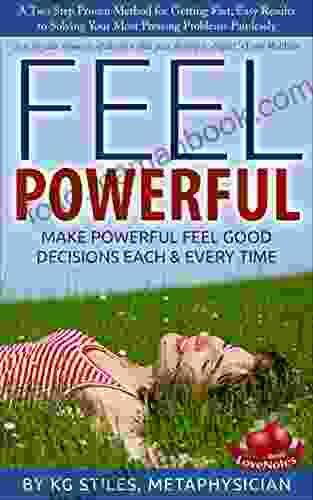
 Dean Cox
Dean CoxHow to Make Decisions Easily & Effortlessly: The...
The Different Types of Decisions There...
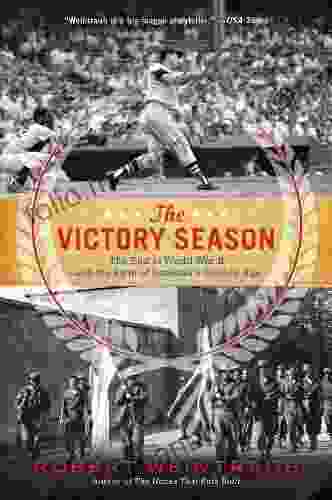
 Gustavo Cox
Gustavo CoxThe End of World War II and the Birth of Baseball's...
The end of...
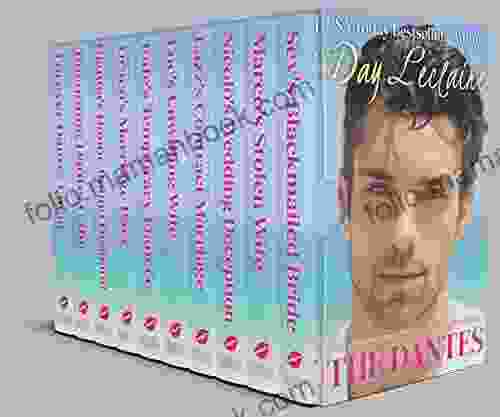
 Patrick Rothfuss
Patrick RothfussThe Dantes: An 11-Family Saga of Billionaires, Soulmates,...
The Dantes is an epic family saga that follows...
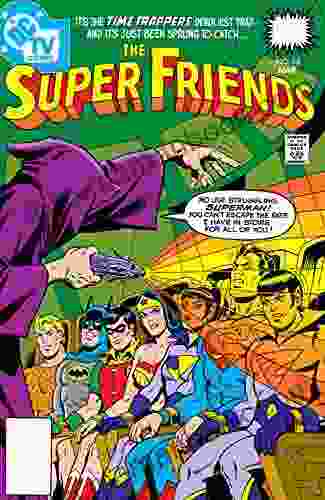
 Dylan Mitchell
Dylan MitchellSuper Friends: The Animated Adventures That Defined a...
In the vibrant landscape of American...
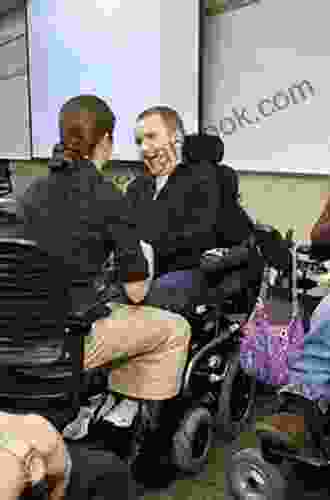
 Jamal Blair
Jamal BlairCollege For Students With Disabilities: We Do Belong
College can be a...
4 out of 5
| Language | : | English |
| File size | : | 3636 KB |
| Text-to-Speech | : | Enabled |
| Screen Reader | : | Supported |
| Enhanced typesetting | : | Enabled |
| Word Wise | : | Enabled |
| Print length | : | 371 pages |
| Lending | : | Enabled |


